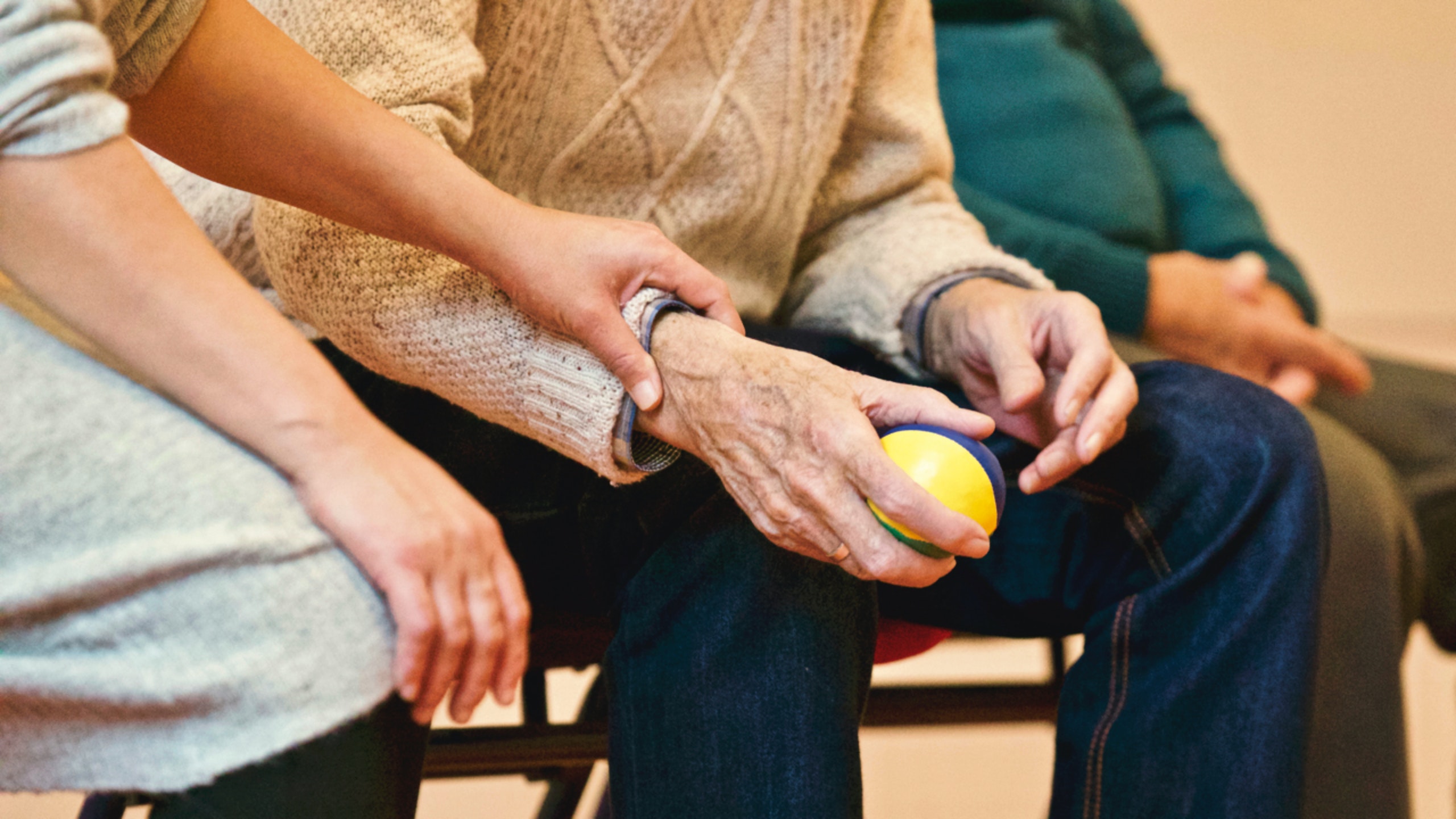Study warns of shortage of care homes in the capital
Mental Health Awareness: Ageing population has limited options for old age
Friday, 19th May 2023


A DECADE-long care home creation project is needed to tackle Camden’s ageing population, according to research by the Greater London Authority (GLA).
The London Plan, which identifies priorities and guides councils’ needs, shows the Town Hall should be looking for 10 new care homes with 100 beds each over the next 10 years to meet a minimum requirement.
And the report adds if the growing need for older people’s care is not met, we face a crisis that will impact on the quality of life and dignity of older people. Age UK, the leading older people’s advocate, have long campaigned for better services.
In a recent report, they stated: “Care homes are essential for providing care and support to some of the most vulnerable members of our society. By increasing the number and quality of care homes, we can improve the lives of older people and people with disabilities, as well as their families and carers. We can create a more compassionate and inclusive society that values everyone’s dignity and wellbeing.”
Their call for urgent action is mirrored by the GLA’s findings.
The report shows how the number of those aged 65 or over in the UK will rise to 14.3 million by 2025 – an increase of 22 per cent. It found the UK lagging behind other comparable nations in specialist provision, with only 0.6 per cent of over 65s living in housing with care.
This is 10 times less than in the USA and Australia. The issue is marked in London.
While the GLA describe it as a “young” city, by 2029 the number of households made up of the over 65s will have increased by 37 per cent, while those over 75 – and more likely to need help – will have increased by 42 per cent.
And by giving people choices to move into more suitable accommodation, that is tailor-made for their needs, the GLA say there are numerous knock-on benefits.
They range from ensuring a high quality of life for older people, saving the NHS millions of pounds by offering better primary care and freeing up acute beds for medical use, to freeing up family homes.
They identify key benefits, including safety through well-designed accommodation that lessens the risk of falls and infections. Another element is companionship – a sense of community and belonging, which beats isolation.
Plus help with medication, and primary care services to tackle the ageing process as well as long-term medical conditions, and peace of mind; this includes families, who can rest assured their relative is being well looked after.
Calling on the Town Hall to forge partnerships with care home providers, the GLA say there is an urgent need to find suitable sites.
Laying out what such a location requires, they should be easy to reach by public transport, have medical services nearby or on site, and are in the middle of the communities who need them, ensuring access for visitors and a place where the residents feel genuinely at home. Care workers say they frequently hear a story which illustrates the issue many face: An older woman is living at home alone.
Her children have moved out, somewhere not within easy visiting distance, and her husband has passed away. She does not use the internet regularly, or at all. She walks to her local shops.
Carers say there is often a void in terms of who is looking out for this typical older person. Sadly, they find it takes a crisis for help to be forthcoming.
Often, an older person living alone will have a fall at home – and only receive help when a neighbour or postman realises they haven’t seen them for a few days. She is then transferred to hospital but when she comes out, she is returned to a place that isn’t suitable for her needs. This type of scenario, say care workers, frequently happens and to a degree that it can not be ignored.
Anil Varma runs Harrison Varma, a firm that builds care homes and is currently overseeing seven different projects in north London. He believes there has been a lack of political will at government level to deal with an issue that is stark and could not be more important to a healthy and inclusive society.
He said: “How we treat our young and how we treat our elders is the hallmark of a civilised society. It comes down to a simple question: Do we want to be a caring society? If so, we have to do certain things. We have to make our homes suitable for older people – not just so that they are safe and practical but we have to look further, into the wellbeing of older people.
“It isn’t about putting them away in a safe place to see out their days – it’s about creating stimulating, loving and caring environments that will help each person live a happy, fulfilled and dignified life. Care homes help people make the very most of each day.”
And instead of the problem being tackled, government figures reveal that in just six months in 2021 more than 1,600 care beds were lost and 134 care homes in England alone closed their doors, sighting staffing shortages as the main reason. The net loss, during the pandemic, only underlines the urgent need for more care beds, according to care providers Cromwell Care CEO, Tobyn Dickinson.
He told the industry bulletin, Care Home Professional, of the problems they faced: “After a very challenging few years, it’s vital that the care industry, local authorities, and the government begin to provide solutions. With an ageing population, the issues we’re facing won’t disappear.”